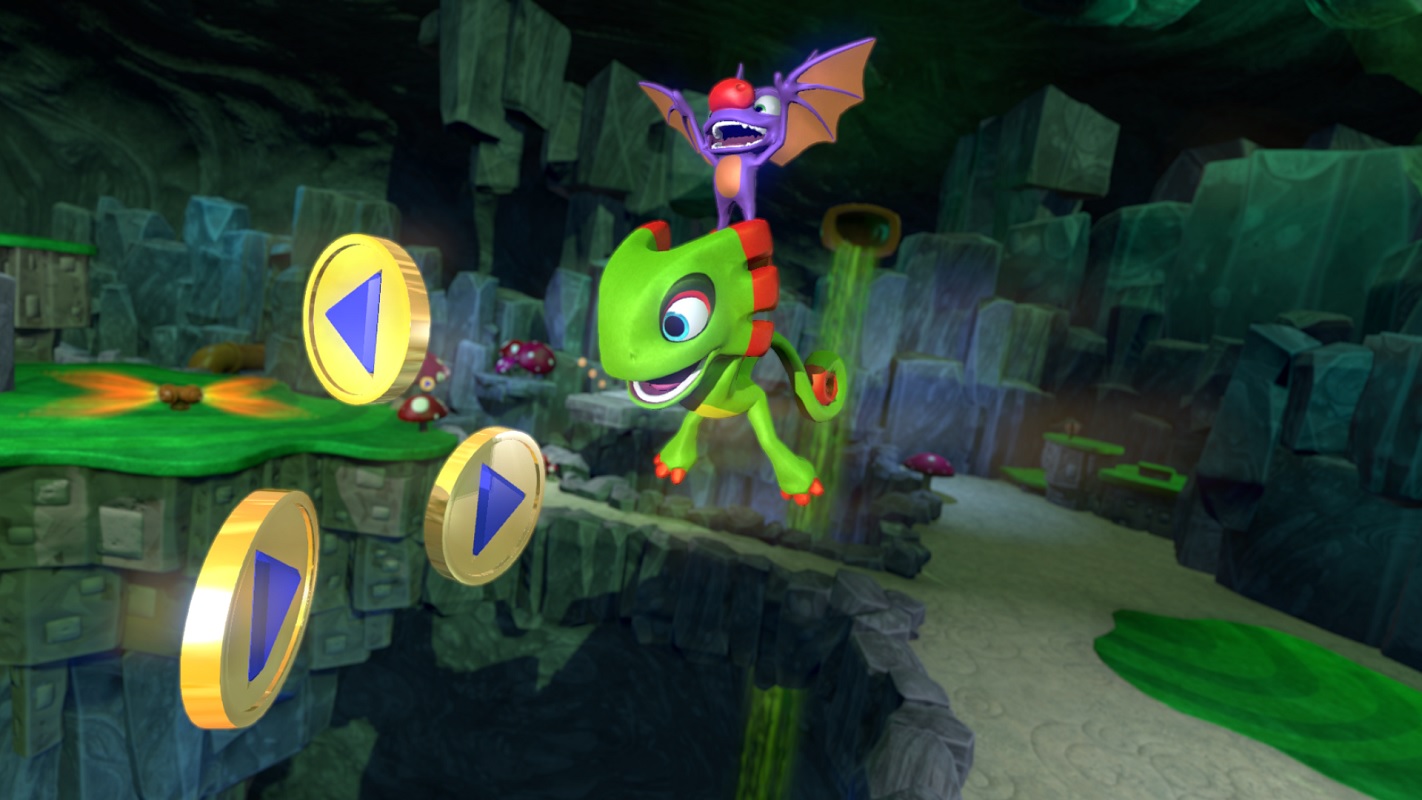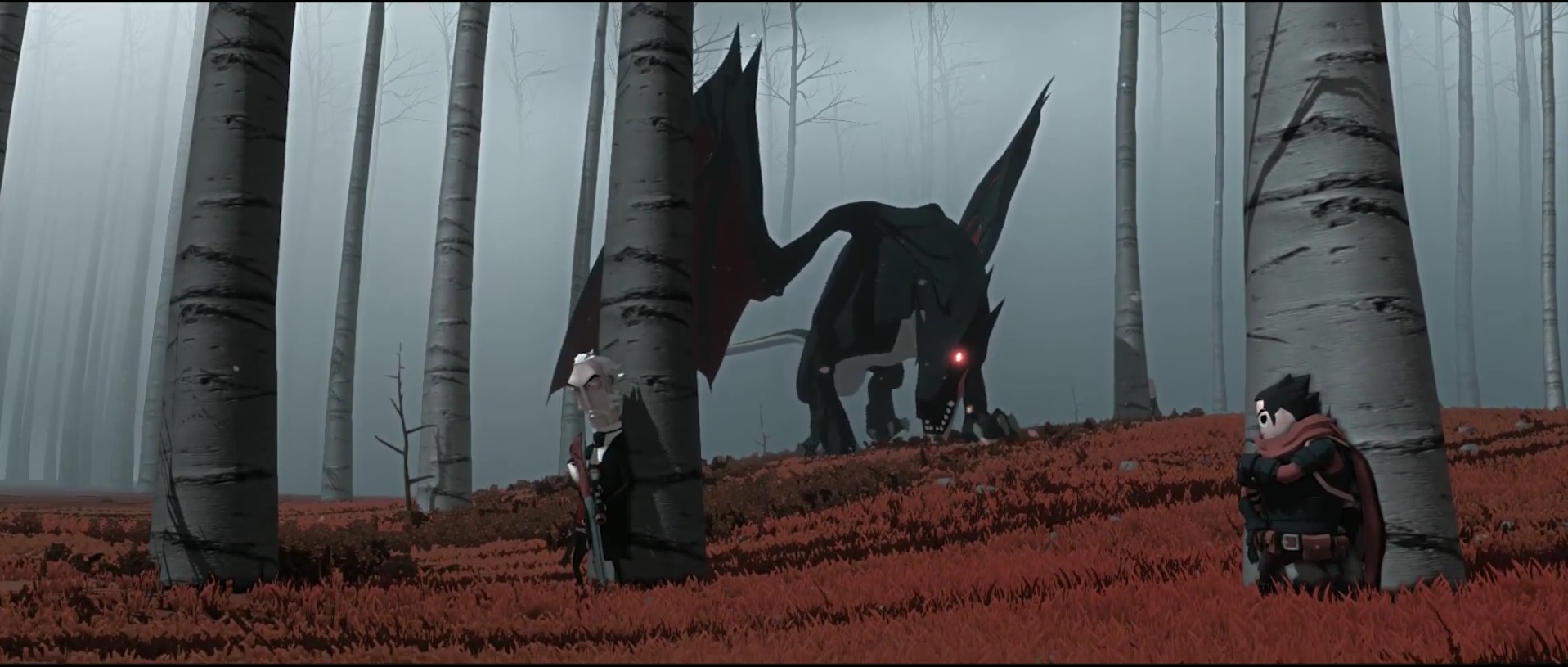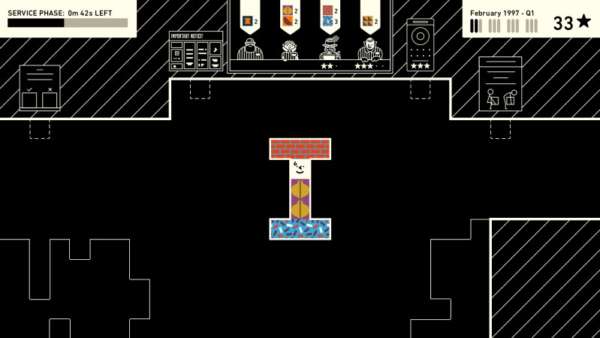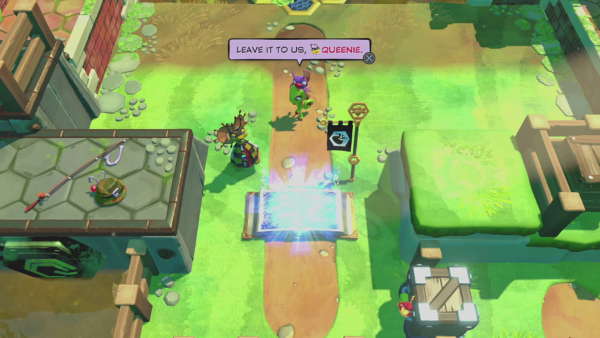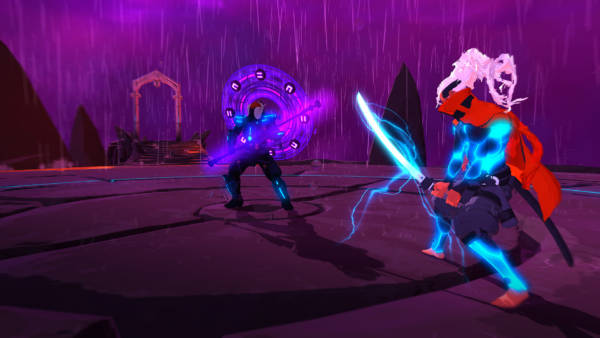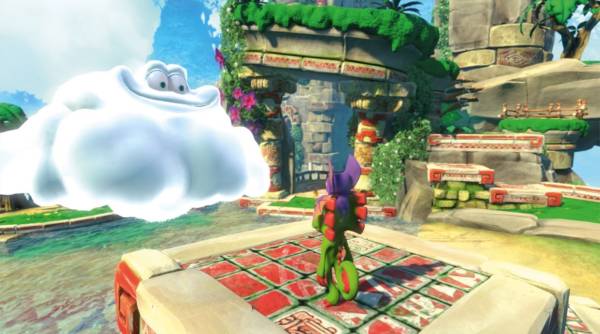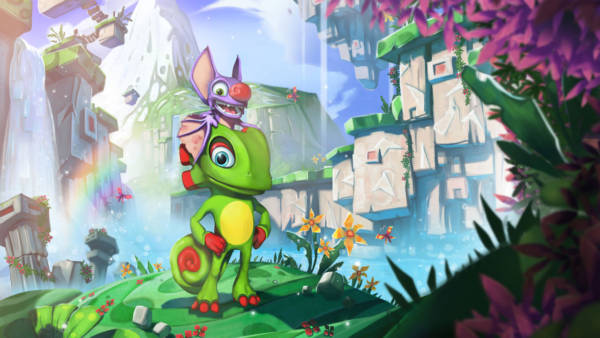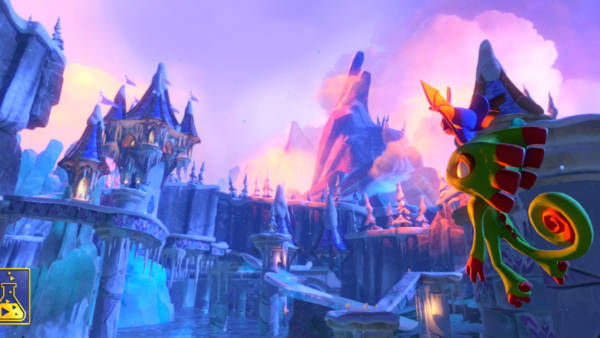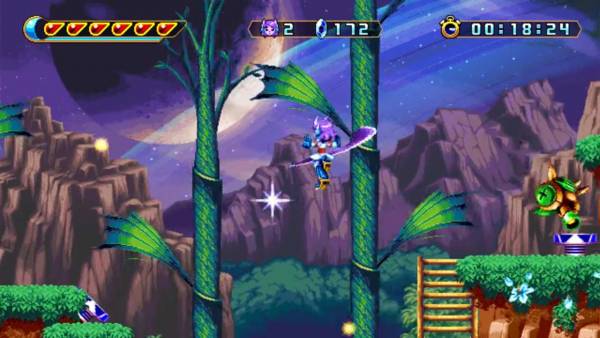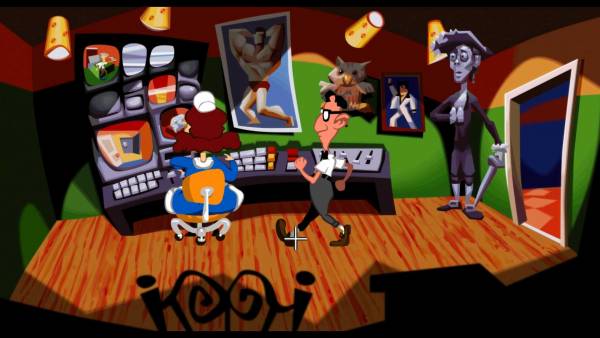This week has seen the launch of yet another spiritual successor Kickstarter, with Koji Igarashi revealing Bloodstained: Ritual of the Night and having it funded fully within a matter of hours. This is on top of the continued success of Yooka-Laylee and the release of Broken Age Act 2, signalling the successful completion of one of the biggest Kickstarters of all time. The running theme with all of these successes is that they cater to a market that has supposedly lay dormant for many years, either due to publishers not wishing to take a risk with an old genre or the fact that many consumers were simply burnt out by that particular genre.
While I am happy that these Kickstarters have done so well, part of my mind is quite worried about how easy and common cashing in nostalgia has become in recent years. Across all forms of media, we are getting reboots, spiritual sequels, continuation of long dead series and I feel the market is becoming saturated by nostalgic products. Ultimately, these products are safe ways to gain tons of money, by attaching a legacy team or IP to a new project and just waiting for the cash to roll in. However, when triple A devs do this, it would be seen as a lazy cash grab while when an old team reforms or an old IP is brought out of the archive, money is given hand over fist. So, what is the deal here and why does it seem that every week, we get another Kickstarter revival?
Don’t get me wrong, I am pleased that teams like Playtonic have come together to make games like Yooka Laylee. I have put my money down and wait with baited breath for the real thing but I feel that it was inevitable that the project would get funded many times over. I mean, you have a team of revered industry veterans who are trying to breath life into a stagnant genre with a devoted following, of course they were going to make an excess of cash. Plus, I trust that the team will make a stellar product. These are a group of guys who have shipped so many games in their collective time in the business and have worked within a large company, that they know how to handle a budget and deadlines. Pillars of Eternity is another example of being able to trust a developer in meeting audience standard but this is not always the case.
Take for example, Broken Age. Most reviews of that game as a whole say that it does not really know who its audience is for. The writing is not quite clever or witty enough to be for long time adventure game fans, yet it is too complex to be for kids. The actual puzzles do not improve on the incredible obtuseness of old adventure games and are not great for introducing new players into the adventure game genre. If you wanted to bring someone into adventure games, you’d probably give them a Telltale game or show them Life is Strange. Yet, the way that the Kickstarter was marketed and the fervour behind the initial pitch, you’d think Broken Age would be the shining beacon which would usher in a golden age of adventure games. This is one of my major problems with nostalgia-fuelled Kickstarters, is that the developers end up creating something that the consumer didn’t necessarily ask for.
